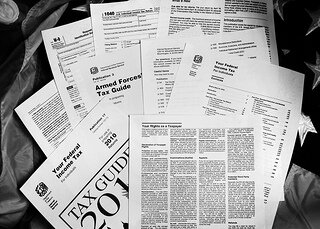Commercial Premises Legal Responsibilities
Commercial Premises Legal Responsibilities
As the tenant of a commercial property, it’s important to be aware of the responsibilities you hold for looking after and maintaining the building, as well as the safety of the occupants. Not all of these responsibilities will be yours – some will be shared with the landlord, but in either case, you need to abide by the law.

Maintenance
Responsibility for maintenance of a building should be determined in the lease. Generally tenants are responsible for internal repairs but it’s always advisable to check your liability first. A surveyors report can be helpful in assessing any potential problems.
Electrical Safety and Gas Safety
Who holds responsibility for this is normally stated in the lease. The landlord usually has a duty of care to ensure electrical wiring is safe and in good order, but commercial premises tenants must also assess the risks. The legal responsibility for gas safety normally lies with the occupier of a premises, but is also included in Health and Safety regulations. Gas safety responsibilities include:
- Ensuring that pipes, gas appliances and flues are properly maintained
- Using a competent engineer to install, maintain or repair your appliances
- Ensuring there is adequate ventilation
Asbestos Control
The Control of Asbestos Regulations 2012 requires that asbestos in public or commercial buildings is identified and safely managed. The duty normally applies to the owners and occupiers of commercial premises, but who holds the responsibility for this should be specified in the lease. If not, then the holder of this legal duty is normally specified by who has the greatest control of the premises, and who has responsibility for maintenance and repairs. Their duty is to assess asbestos, including its presence and condition. An asbestos survey is normally a useful way of identifying and managing any potential risk.
Fire Risk Assessment
Ensuring the safety of the persons using property also extends to a legal requirement to protect against fire. The law requires a ‘responsible person,’ (the employer, owner or occupier) to carry out Fire Risk Assessments to identify fire hazards, precautionary measures and to implement a fire plan. The responsibility for this is normally shared by the premises landlord and tenant. Fire Risk Assessment involves 5 steps. These involve:
- Identifying fire hazards
- Identifying people at risk
- Evaluation of the risk and a decision about whether existing measures are satisfactory
- Recording the information
- Regular reviews of the fire safety risk assessment
Energy Performance Certificates (EPC)
Owners of commercial buildings must now supply prospective tenants or buyers with information about the energy efficiency of a building. This normally includes information about boiler or air conditioning efficiency and in the final instance rates a building of a scale of A – G. An ‘A’ rated building would be the most efficient. The assessments must be performed by Energy Assessors using government approved software to produce a report.
Health and Safety
By law, you must abide by Health and Safety Regulations if you employ staff.
Wendy Lin is a freelance writer, painter and mother. She is a women’s rights activist and experienced traveller and speaker.








